The small town of Lombardy, located near Milan at the foot of the Alps, is an attractive place for tourists. It is a corner of the Middle Ages, preserved in fortress walls, ancient palaces, and cathedrals. The picturesque beauty of nature harmoniously fits into the medieval color of urban landscapes. The words of the hero from the old comedy, proudly declaring, “I am Truffaldino from Bergamo!” come to mind. Indeed, he had something to be proud of.
How to Get to Upper Bergamo
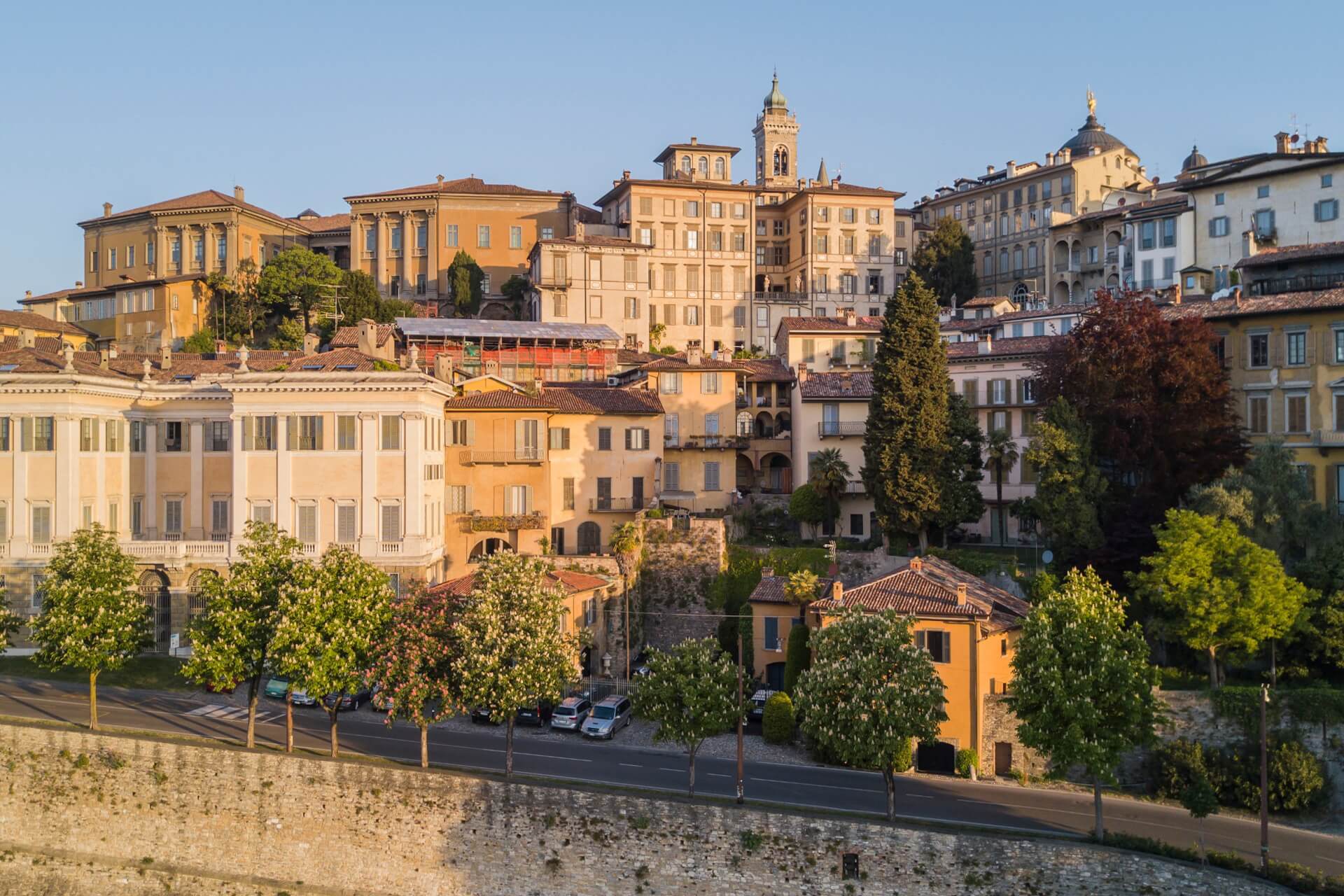
Bergamo is divided into two parts: Upper Town and Lower Town. The second floor of the city is interesting for its ancient attractions and architectural monuments dating back to the Roman Empire. Therefore, it is worth spending most of your time exploring the upper part of Bergamo. You can get there in three ways: on foot from the train station (20-30 minutes), by funicular (10 minutes), or by bus No. 1 (15 minutes).
It depends on your physical condition: if your health allows, it is best to walk up the ancient stones, enjoy the magnificent surrounding nature, and breathe in the air of true Italy. But riding the funicular in a comfortable carriage is also a great pleasure from a short trip, offering stunning views from above. It feels like you’ve entered a fairy-tale kingdom.
Attractions of Upper Town
Castle di San Vigilio
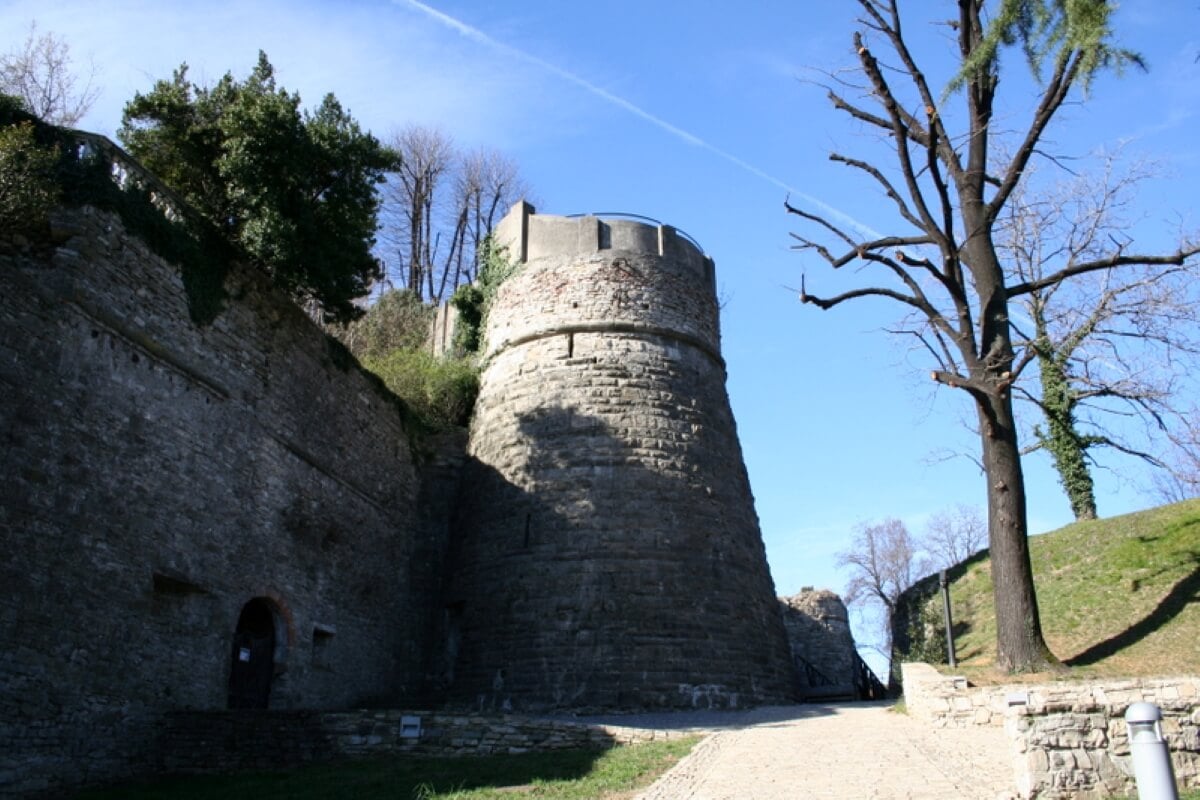
Upon exiting the funicular, you find yourself on the narrow, typically medieval street Via alla rossa, leading to the ancient Castle di San Vigilio. This fortress embodies the history of not only Bergamo but all of Italy. Its ancient walls (first mentioned in the 6th century AD) have witnessed Romans and barbarians who repeatedly captured the fortress.
The castle walls were reinforced and rebuilt several times. The last reconstruction took place in the 15th century during the Venetian Republic. The fortress castle has survived to this day, despite some damage inflicted by the Austrians in 1829. Today, tourists can see the ancient stones of the fortress walls, touch them, and feel the distant era. There is a museum here exhibiting historical documents and ancient artifacts.
How to get to the castle: Another funicular in Upper Bergamo will take you to di San Vigilio in 5 minutes. The funicular station is located in front of the San Alessandro Gate. Note that the funicular does not operate during siesta, so plan your time accordingly. Walking up is not recommended to save energy for further exploration.
You can also take bus No. 1 from the train station and get off at the stop with the same name.
Cathedral of Sant’Alessandro
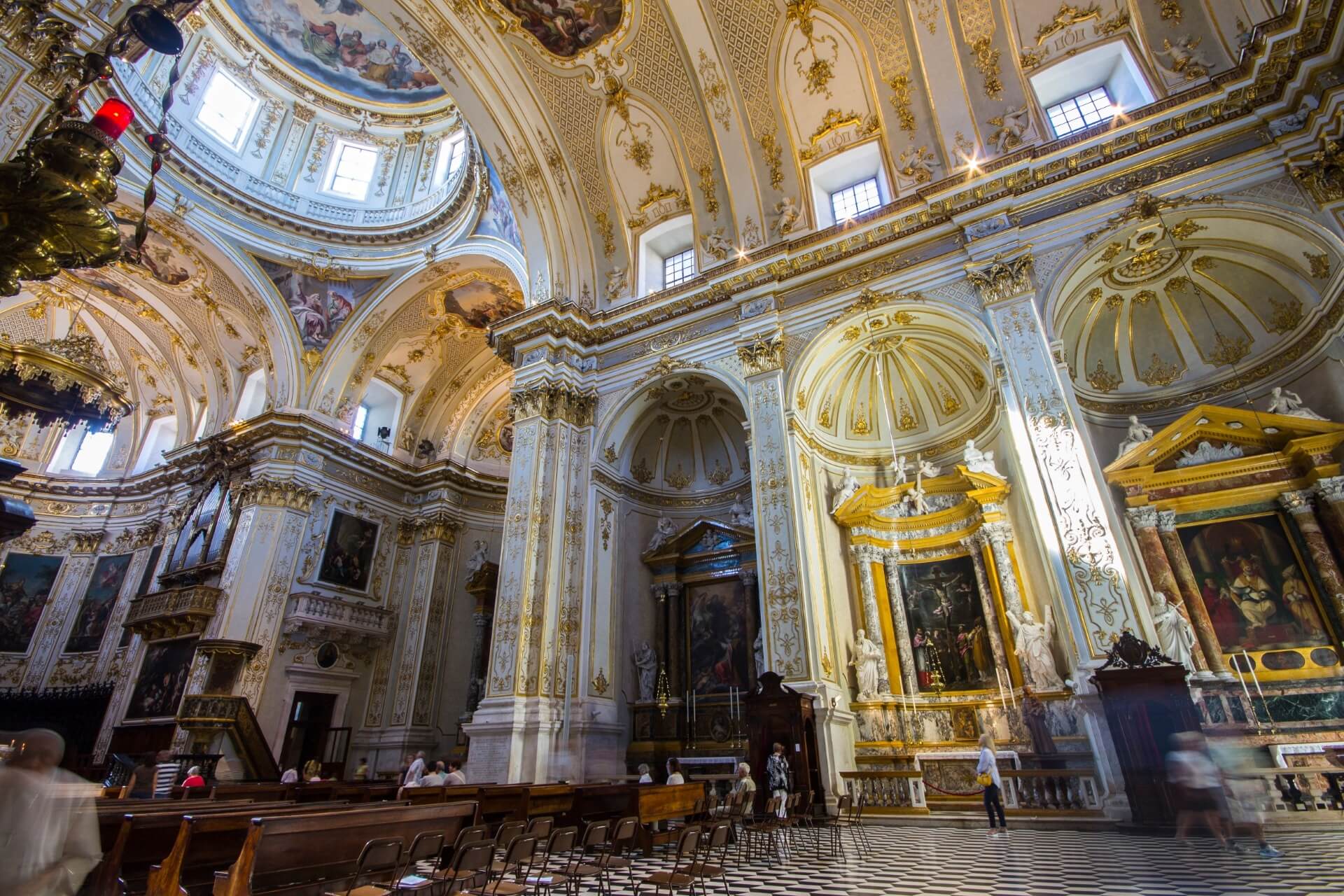
Descending from San Vigilio Hill, you arrive at Piazza Duomo (Cathedral Square), where the architectural gem, the Cathedral of Sant’Alessandro, is located. It was built on the site of an old 6th-century temple. This true masterpiece is the work of two architects: Averulino (15th century) and Carlo Fontana (17th century). The interiors were decorated in the 18th century, and the dome was added in the 19th century.
The interior of the cathedral leaves an indelible impression: artistic masterpieces by old painters such as Giovanni Moroni and Tiepolo found their rightful place here.
Church of Santa Maria Maggiore
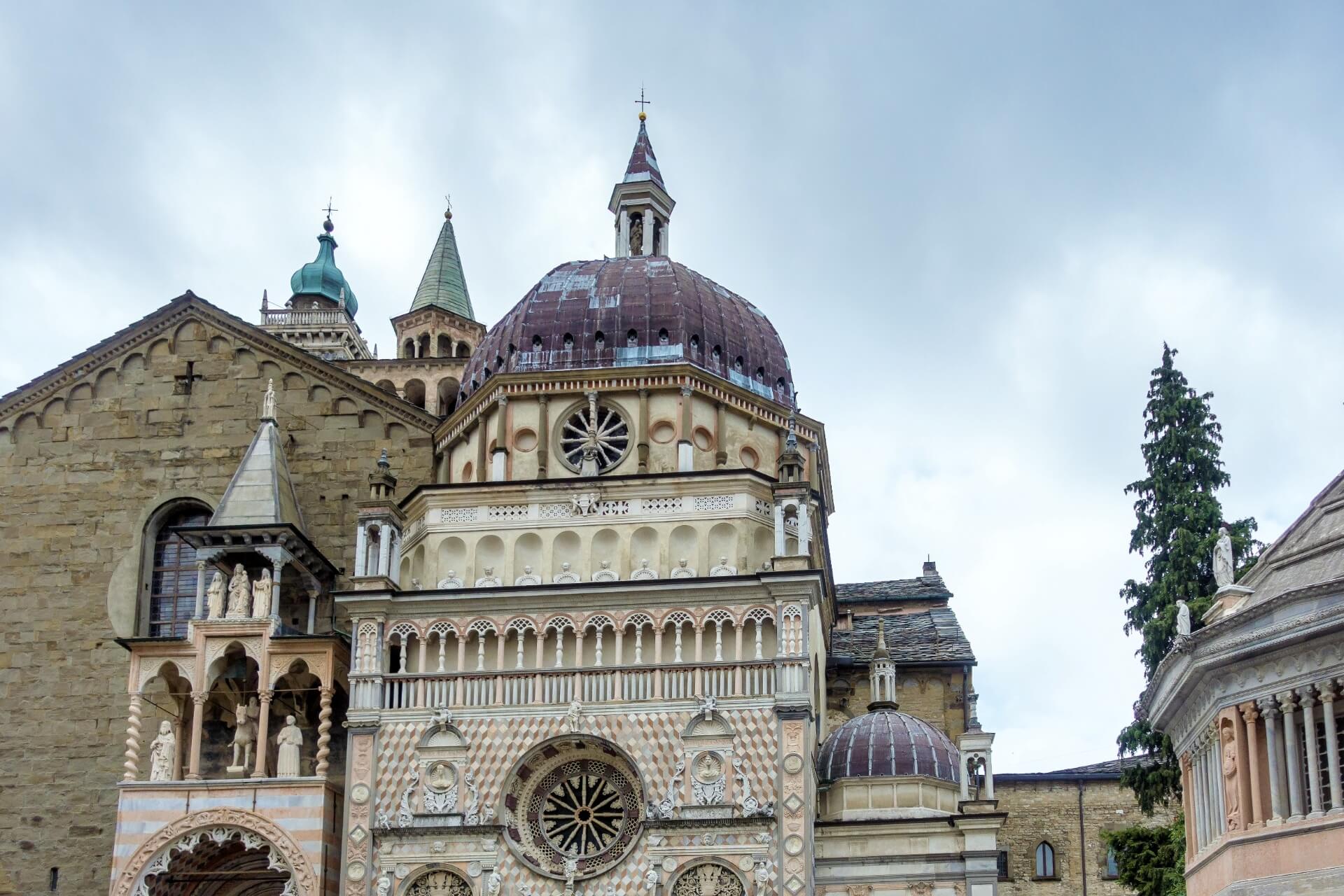
Next to the cathedral is the Basilica di Santa Maria Maggiore, built over two centuries from the 11th to the 13th. In the 17th century, its interiors were renovated in a lavish Baroque style, which is stunning in its decoration. The facade of the church has preserved its Romanesque style. The famous 18th-century composer Donizetti, born in Bergamo, is buried here.
Colleoni Chapel
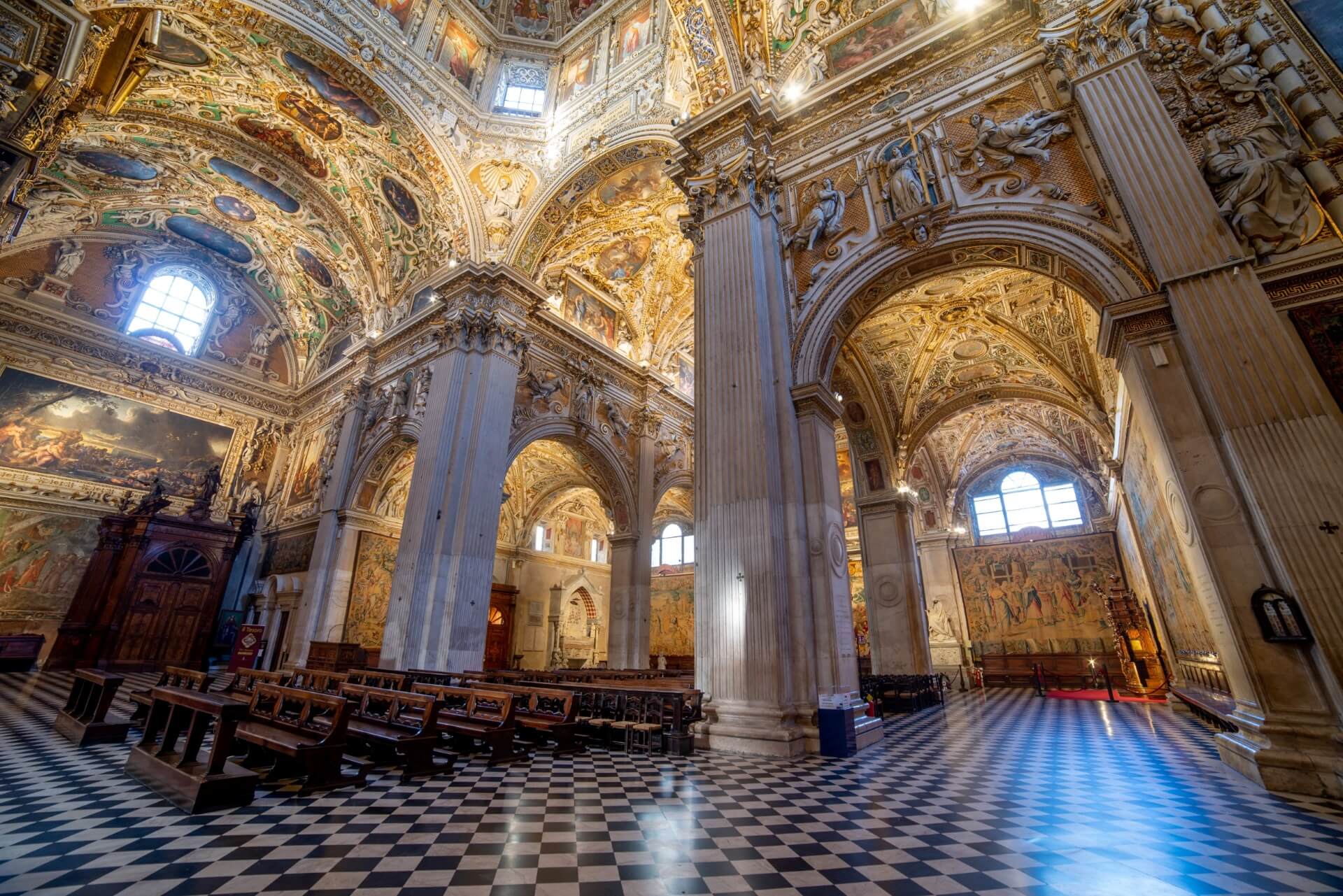
Adjacent to the basilica is the Colleoni Chapel, a true architectural marvel. Its facade is adorned with elegant lace-like ornaments, rose windows, and a dome of intricate shape. The chapel was built as a mausoleum over the tomb of the significant Italian figure Bartolomeo Colleoni in 1476 (later, his daughter Medea was also buried here). Inside, the chapel is equally beautiful: exquisite frescoes by Tiepolo, an altar with magnificent statues of saints, paintings, gilded decorative details—all in Renaissance style.
Donizetti Museum
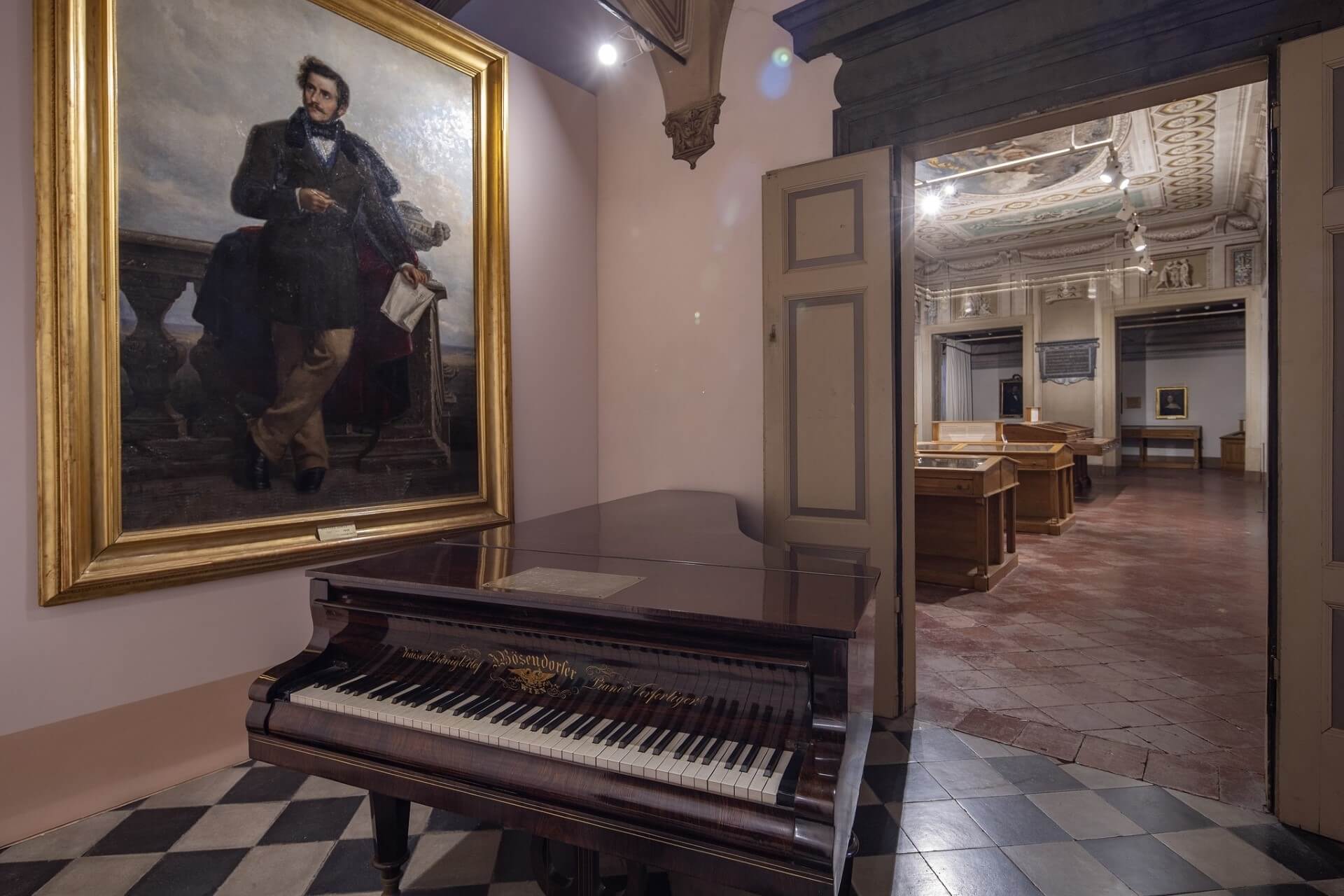
From Piazza Duomo, walk down the typically medieval street Via Arena to building number 9 to see the Palace of Mercy. It is interesting not only as an architectural monument but also as the museum of the aforementioned Gaetano Donizetti. Exhibits showcasing the life and work of the talented composer, whose operas are still performed on the stages of famous opera theaters worldwide, are on display here.
Archaeological Museum
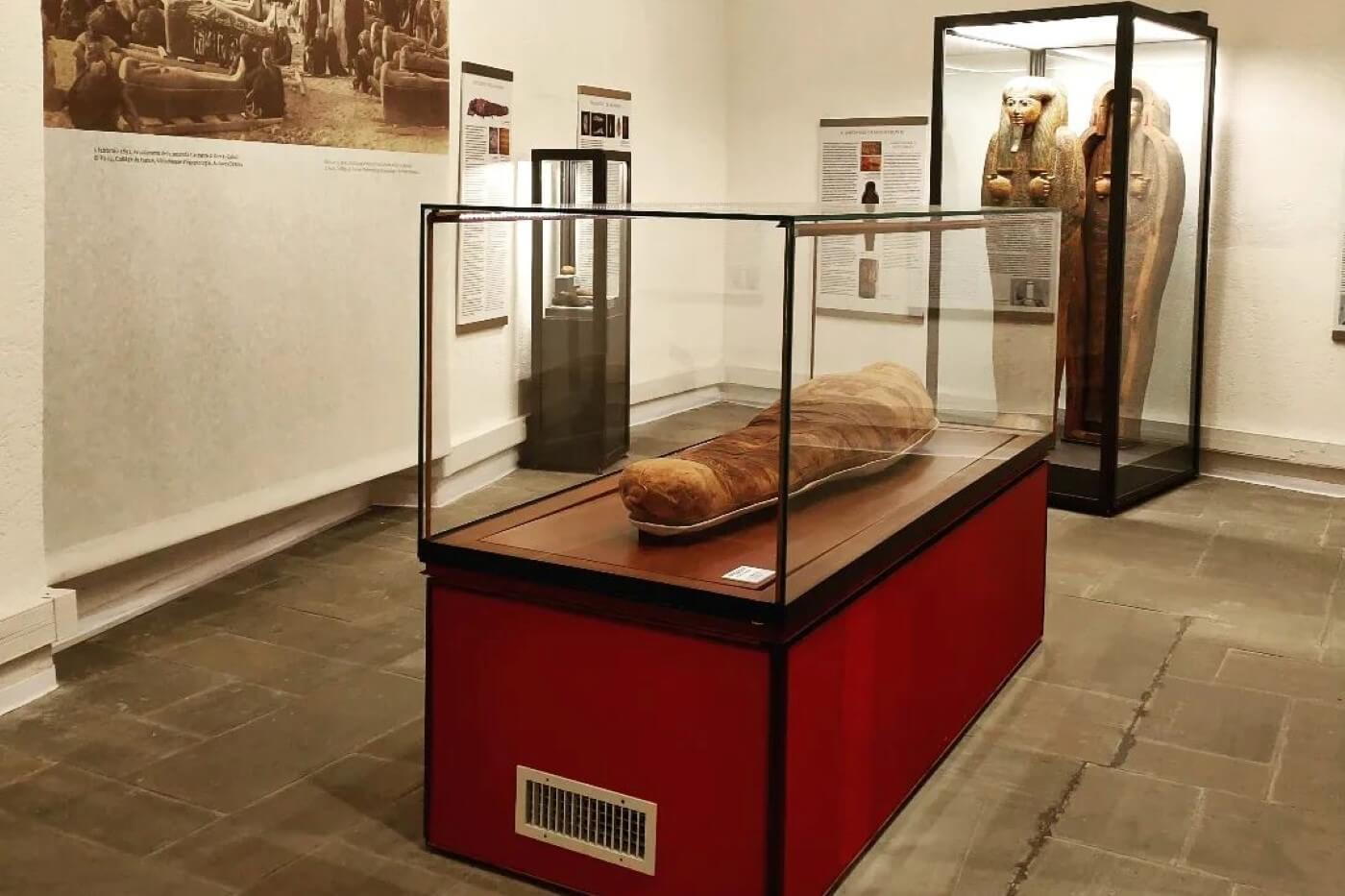
The next noteworthy object is the Archaeological Museum located nearby. It houses fascinating exhibits of antiquity and household items of the Lombards.
Address: Piazza Citadella, 9.
The Historical Museum should also not be overlooked to gain a more complete understanding of Bergamo during the Venetian era. It is located in the former monastery of San Francesco.
Piazza Vecchia
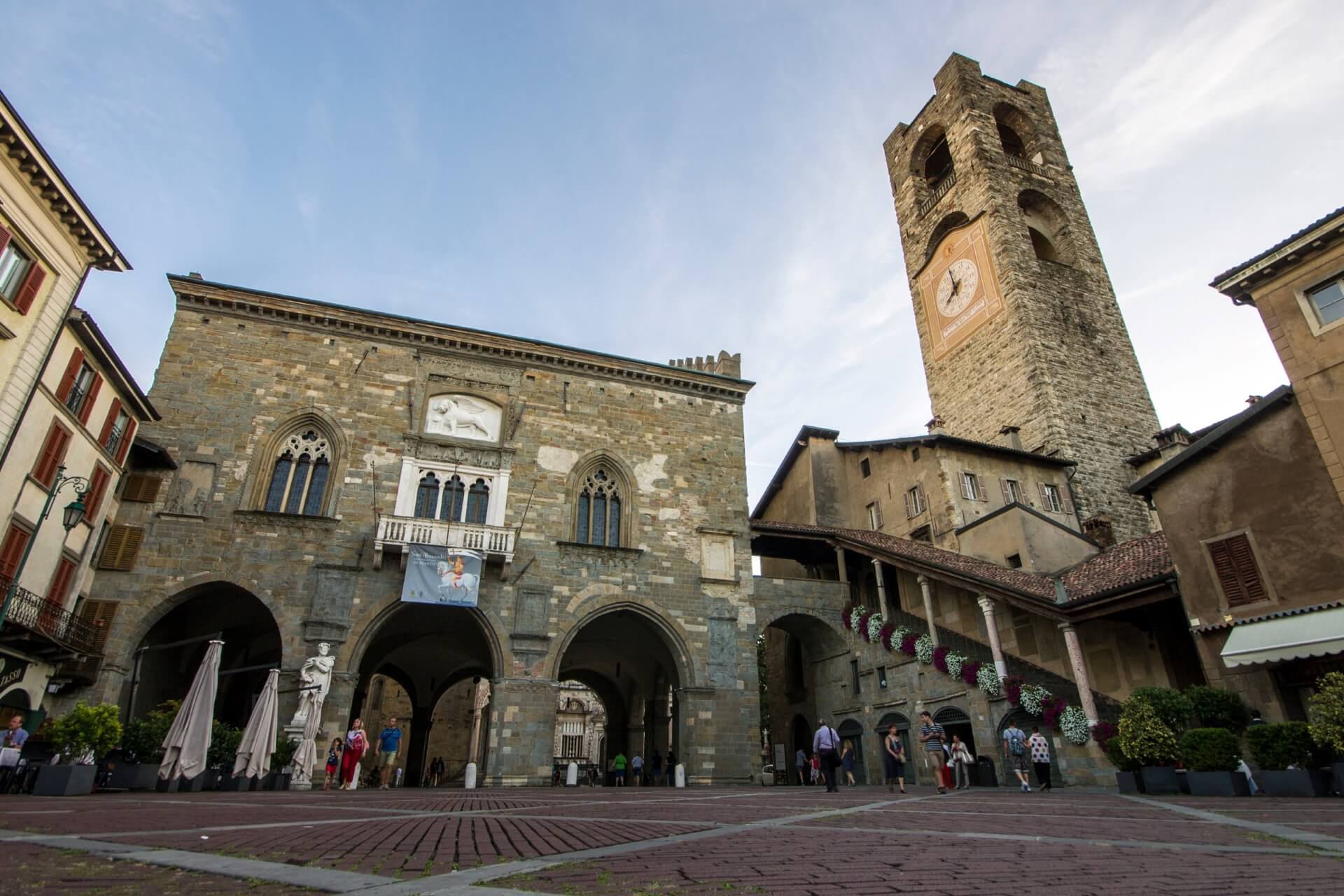
From Piazza Duomo, through the town hall gallery adjacent to it, you can reach the center of Upper Bergamo—Old Square, whose history began in the 14th century. Active construction of the square took place in the early 15th century. A true monument of antiquity here is the town hall (12th century), Palazzo della Ragione. Its facade is crowned with the symbol of the Venetian Republic—a winged lion sculpture holding an open book, symbolizing peaceful times.
Campanone Tower
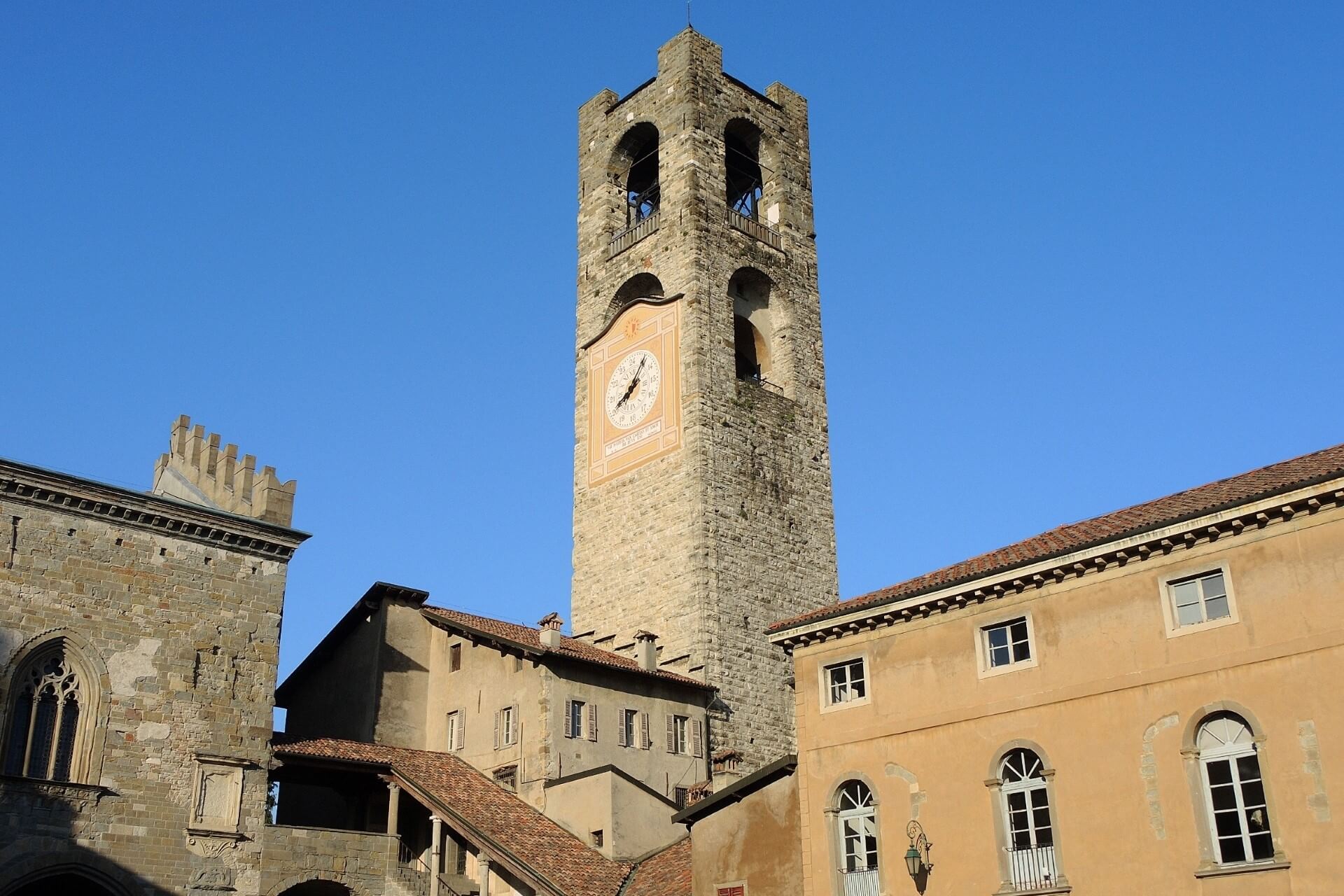
Opposite the town hall is another ancient architectural monument—the Campanone Tower (11th century, rebuilt in the 15th century after a fire). Looking down from the top of the tower, you can see a picture that makes you forget for a moment that it’s the 21st century. The medieval atmosphere is so strong. The tower’s bells strike 180 times at 10 PM, as they did in the old days when the city gates were closed.
New Palace
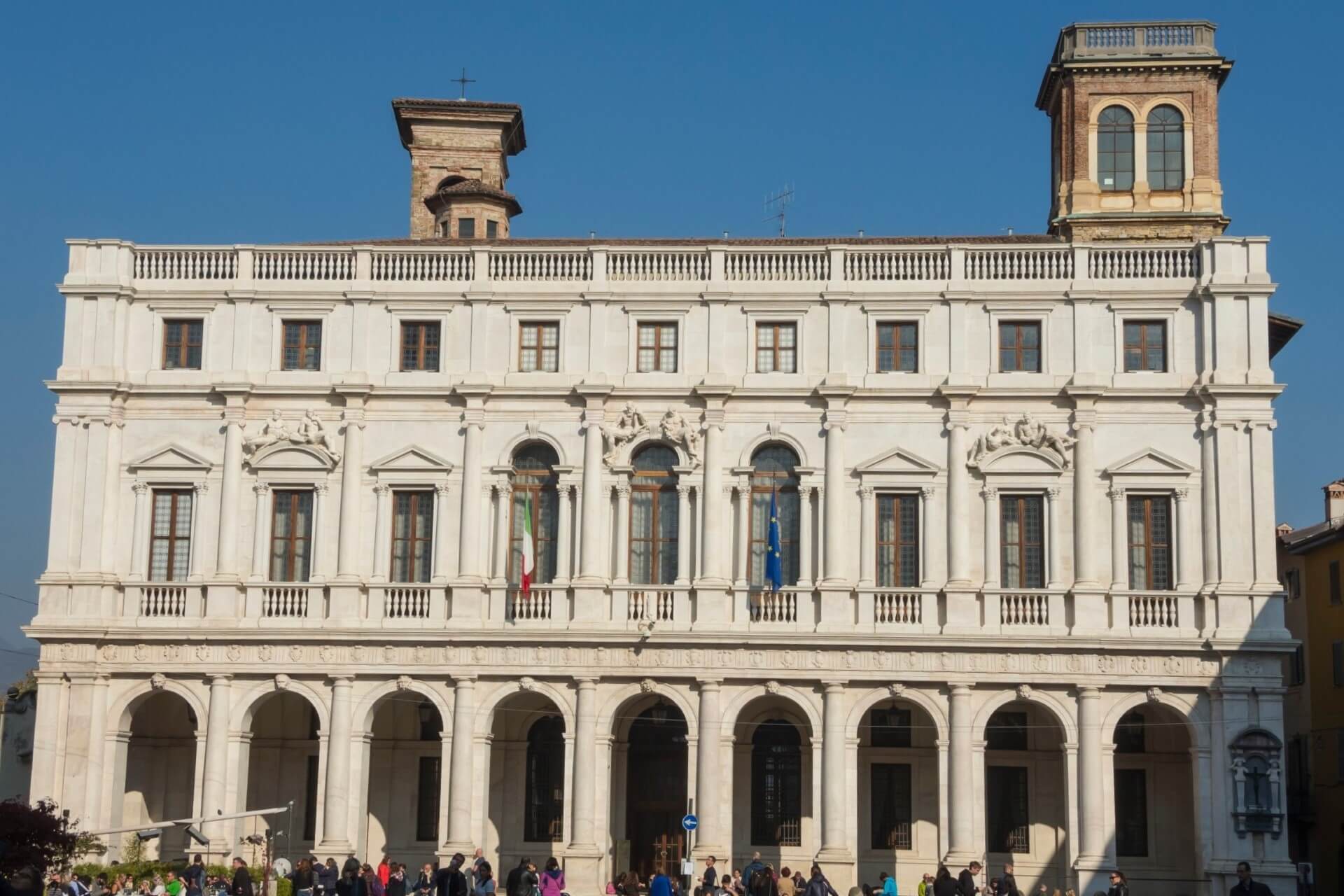
Next to Palazzo della Ragione is the New Palace—a classical bright building with columns, built in the 17th century as an administrative building. It housed city officials until 1873, and now it hosts the rich May Library, named after the famous 19th-century Italian philologist and cardinal. Behind the New Palace, you can see the oldest building on the square—the Church of San Michele al Arco (857 AD), now home to a university.
Attractions of Lower Town
You can end your tour of Upper Bergamo’s attractions and take the funicular down to the Lower Town, which has its own charms.
Carrara Academy
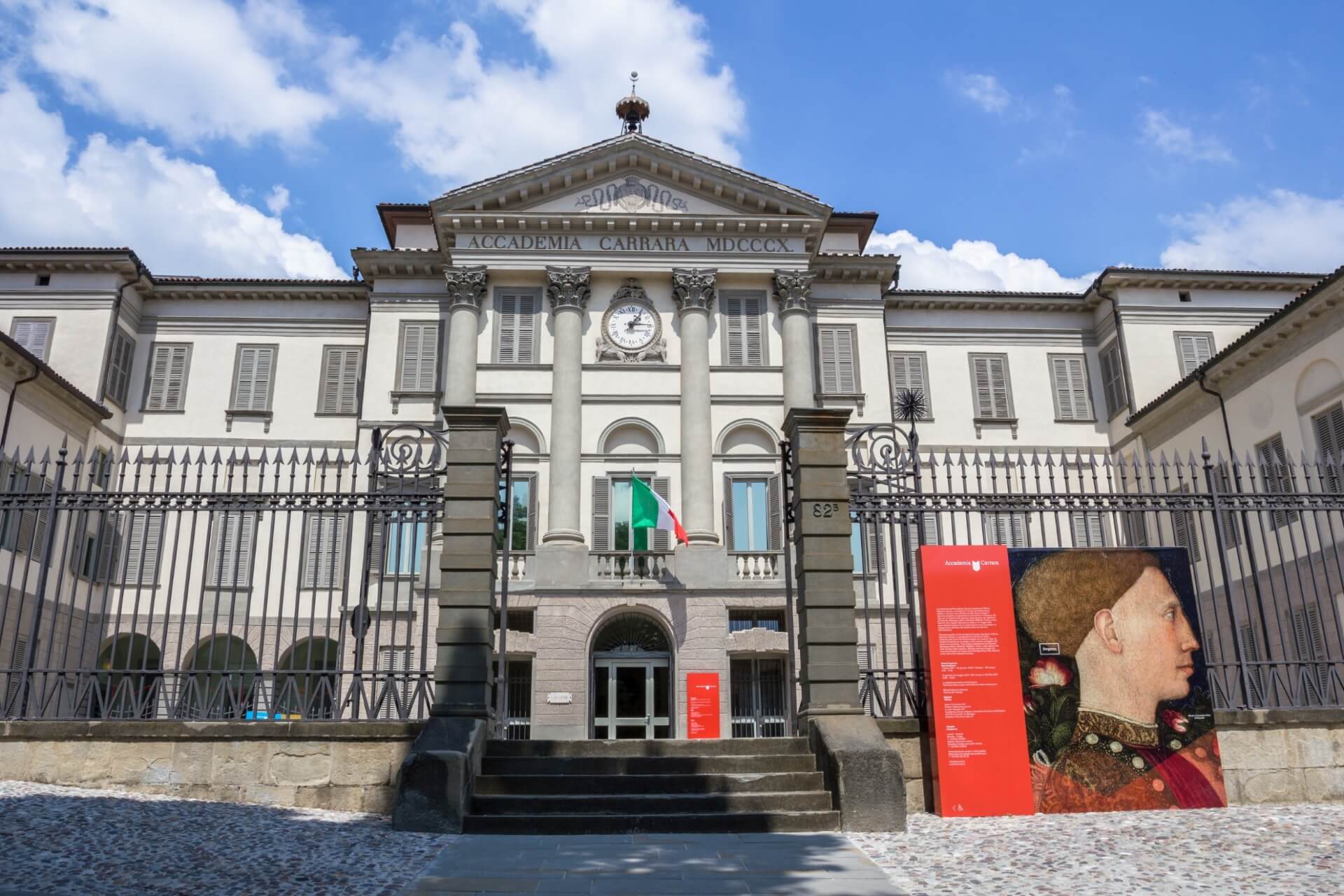
One of them is the Carrara Academy—an art gallery founded by the famous city patron, Count Giacomo Carrara. In this artistic treasure trove, visitors can admire more than 2000 paintings by master Italian painters: Raphael, Botticelli, Mantegna, and Titian. It’s worth noting the patriotism of Italians: they do not keep masterpieces in private collections for profit but willingly donate them to museums and galleries.
Address: Piazza dell’Accademia, 82 a.
Gallery of Modern Art
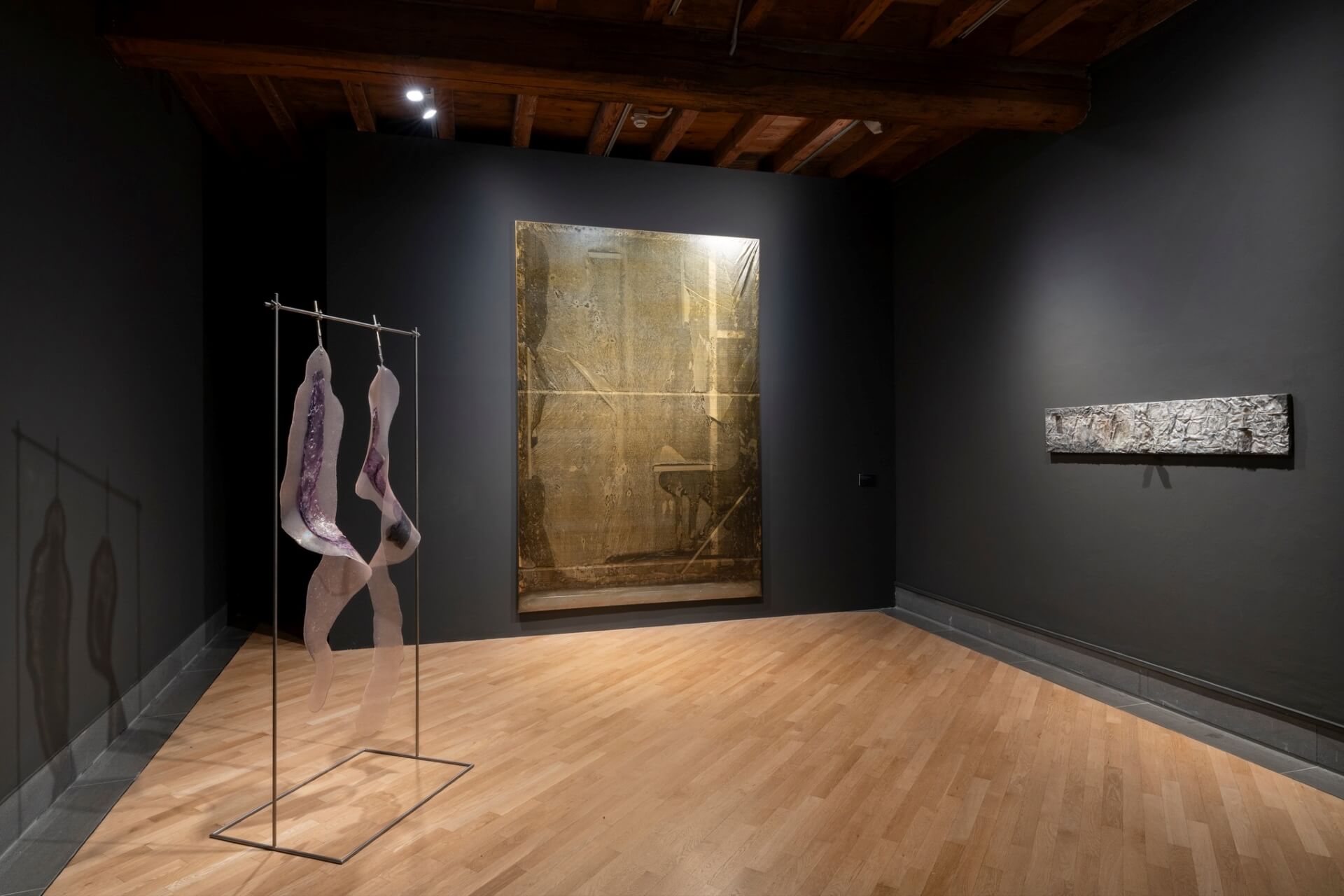
Opposite the Carrara Gallery is another temple of creative works—the Gallery of Modern Art (1991). It is a branch of the Art Academy, where paintings by 20th-century Italian and Spanish artists are displayed.
Address: Via S. Tommaso, 53.
A day spent in the city is an unforgettable journey, leaving the best impressions.

